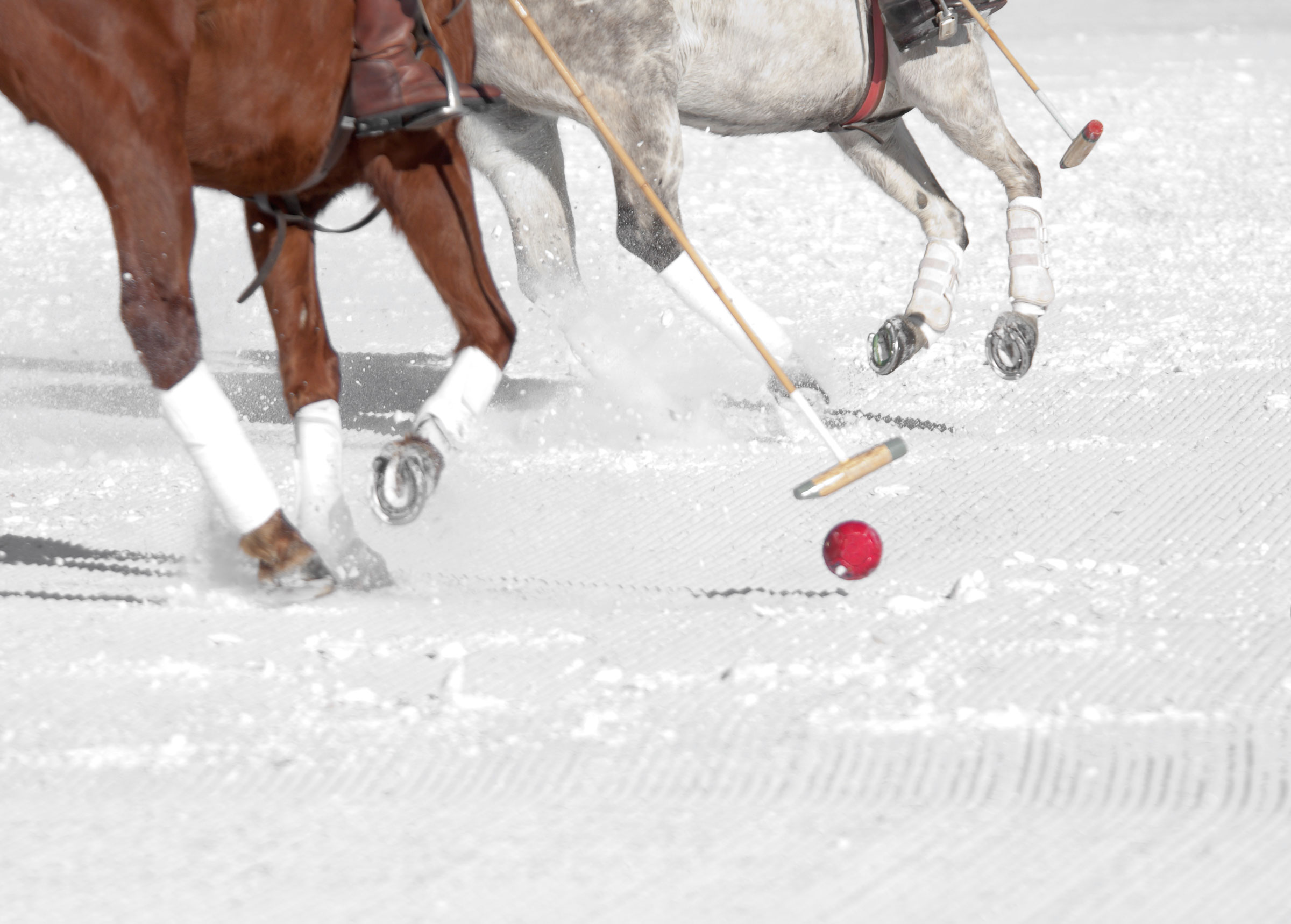
Horse owners often opt to pull their horses’ shoes for winter. It’s less expensive, and when the horse isn’t in work, he might not need shoes. But for those horses that need shoes year-round either because of training or because of a hoof pathology, winter horseshoes and snow pads are necessary.
Snow pack or snow balling is the main reason horses with shoes need pads in the winter, explained farrier Heath Lash. The certified journeyman farrier from Indiana said that when snow packs inside a traditional shoe the horse looks like it is walking on stilts.
“There’s no stability, and they can turn and twist different tendons and ligaments,” he said.
Snow pads come in two basic forms—a rim pad or a full pad. The rim pad fits under the shoe and a tube of rubber or plastic follows the inner edge of the shoe, leaving the bottom of the foot open to the environment. A full pad or bubble pad covers the entire foot and has a domed center. In both cases the pad compresses when the horse puts full pressure on the hoof. When the horse takes pressure off the foot, the pad pops back out ejecting any snow, ice or muck.
Tender-footed horses or those that live in areas with frequent freeze/thaw cycles might need the full pad to avoid bruising.
“A horse’s hoof creates a crater in muddy ground that has high points around where the horse stepped. I call these suck pockets,” he said. “Those can freeze overnight. The hoof doesn’t harden as fast as the ground can freeze, and that creates a greater potential for soreness.”
Traction is another consideration for horses that are shod year-round and are on turnout. Typically, Lash drills a hole into the shoe and drives in a carbide pin that is 3/16” in diameter and about 5/16” long. Other farriers might use a screw-in stud similar to those used by cross-country riders.



